
The History of Symphony Hall
Symphony Hall
The first home of the Boston Symphony Orchestra was the Old Boston Music Hall, which was threatened in 1893 by a city road-building/rapid transit project. That summer, the orchestra's founder, Major Henry Lee Higginson, organized a corporation to finance a new and permanent home for the orchestra. Symphony Hall opened on October 15, 1900 with an inaugural gala led by music director Wilhelm Gericke. The architects, McKim, Mead & White of New York, engaged Wallace Clement Sabine, a young assistant professor of physics at Harvard, as their acoustical consultant, and Symphony Hall became the first auditorium designed in accordance with scientifically derived acoustical principles.
Symphony Hall is widely regarded as one of the top concert halls in the world. The walls of the stage slope inward to help focus the sound. The side balconies are shallow so as not to trap any of the sound, and the recesses of the coffered ceiling, along with the statue-filled niches along the three sides, help to distribute the sound throughout the hall. The 16 replicas of Greek and Roman statues are related in some way to music, art, or literature. They were placed in the niches as part of an appreciation of the frequently quoted words, "Boston, the Athens of America," written by Bostonian William Tudor in the early 19th century. The Symphony Hall organ, an Aeolian Skinner designed by G. Donald Harrison and installed in 1949, is considered one of the finest concert hall organs in the world.
A couple of interesting points for observant concert-goers: Beethoven is the only composer whose name was inscribed on one of the plaques that trim the stage and balconies; the other plaques were left empty since it was felt that only Beethoven's popularity would remain unchanged. The initials "BMH" for "Boston Music Hall", as the building was originally to have been called, appear on the stairwell banisters at the Huntington Avenue side, originally planned as the main entrance. The old Boston Music Hall was gutted only after the new building, Symphony Hall, was opened.
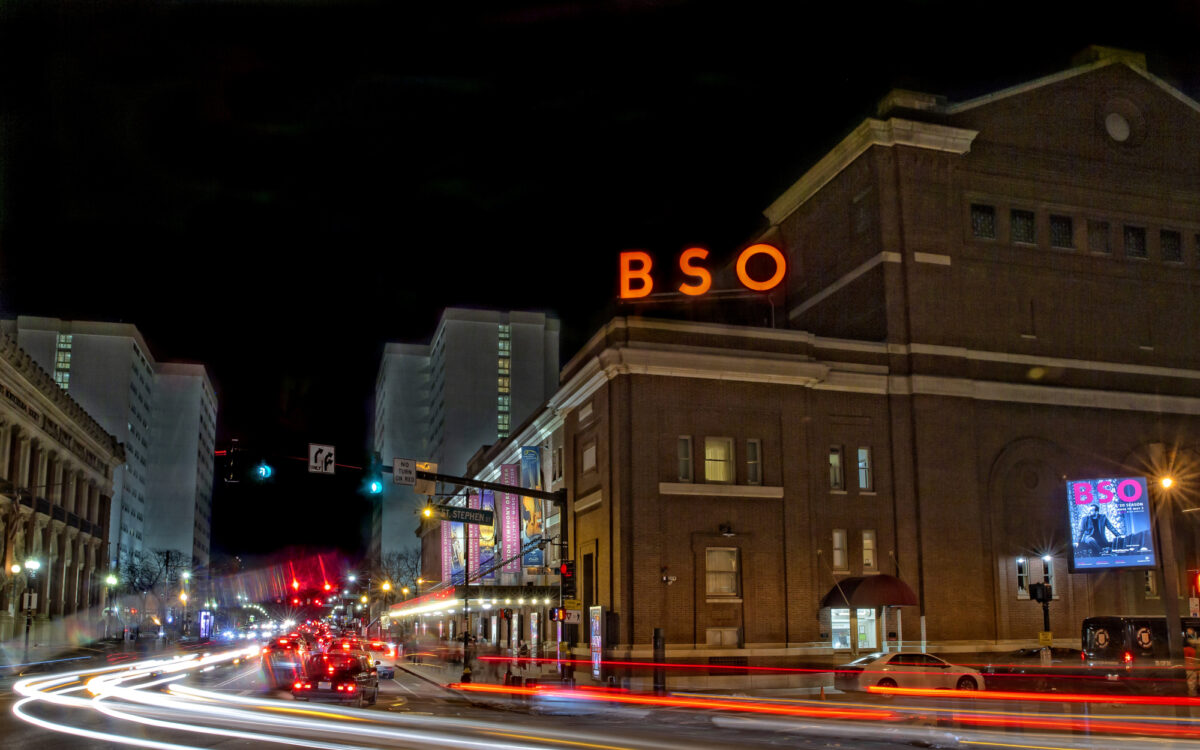
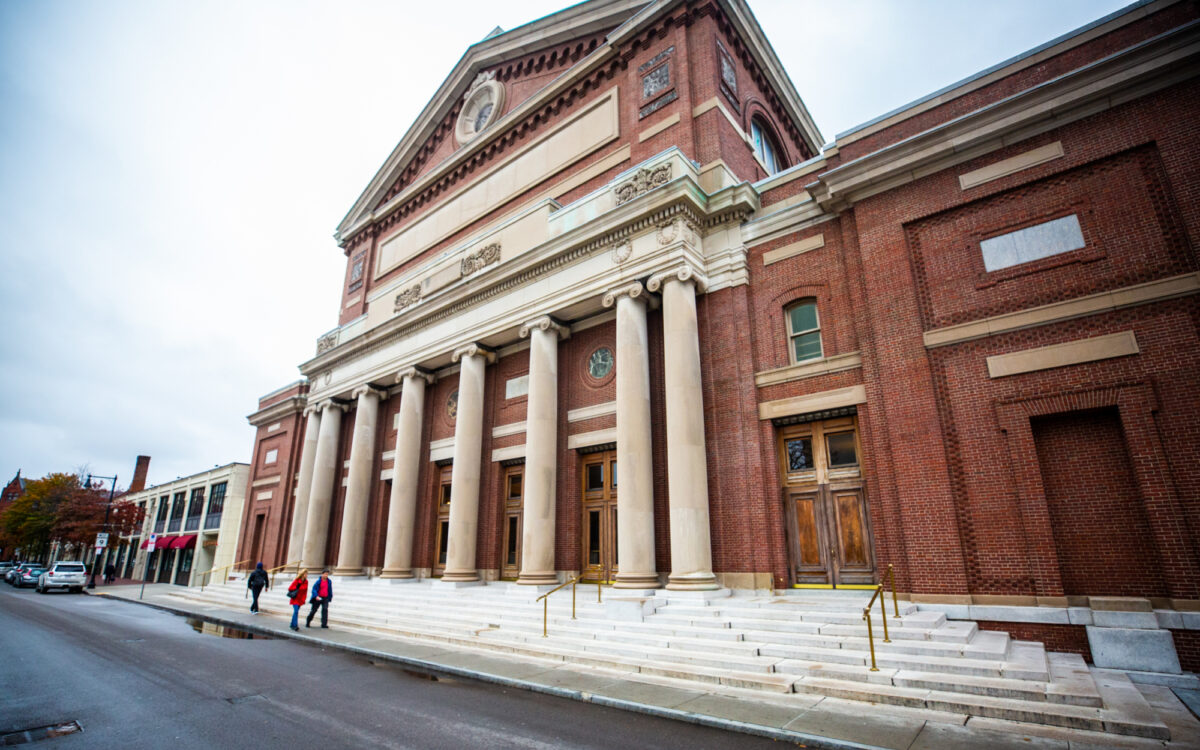
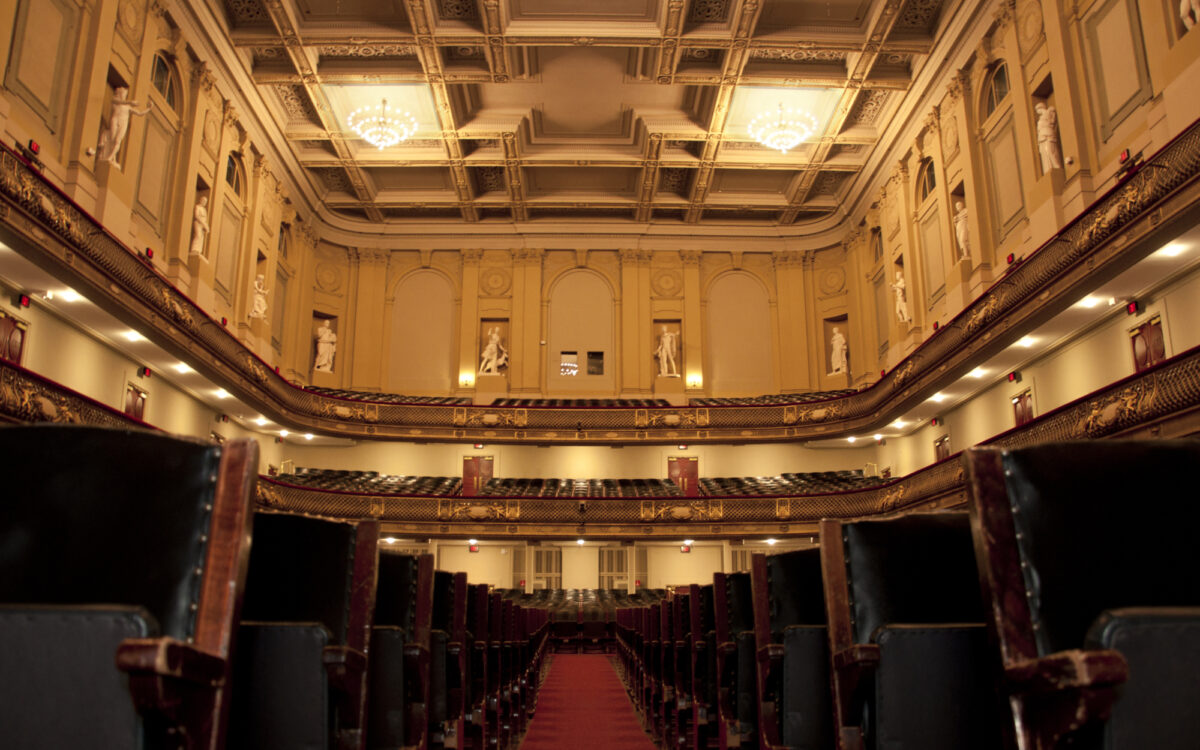
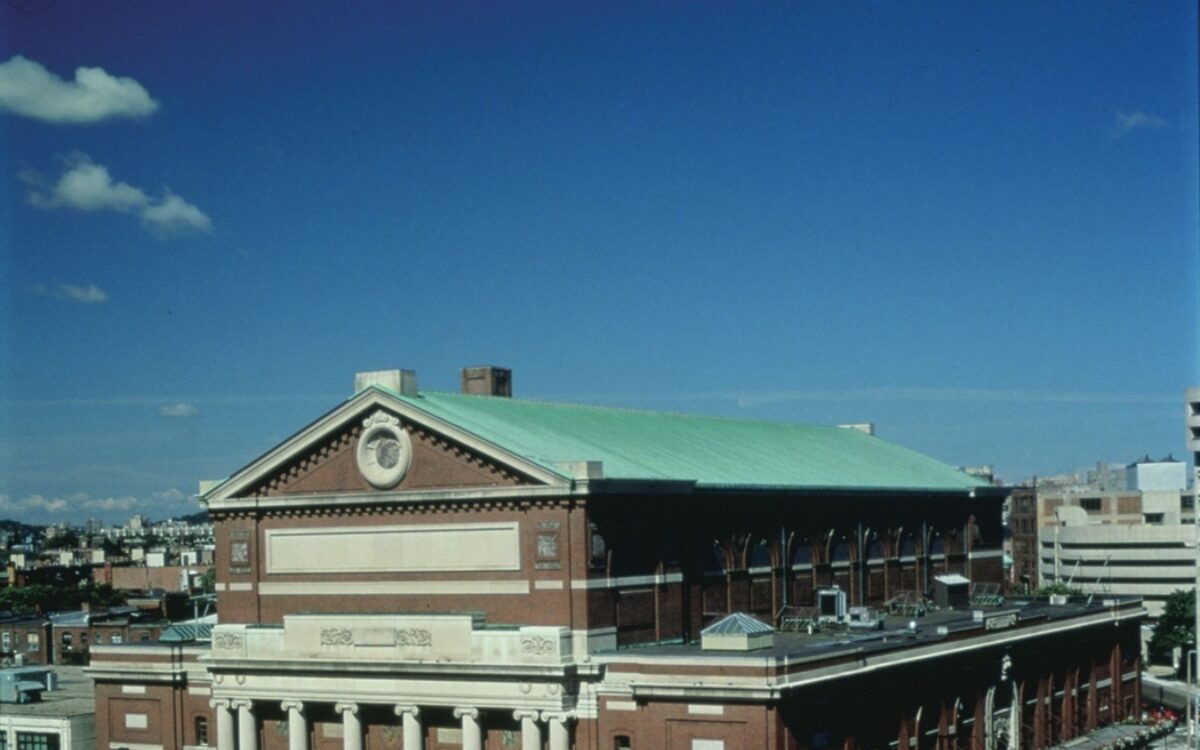
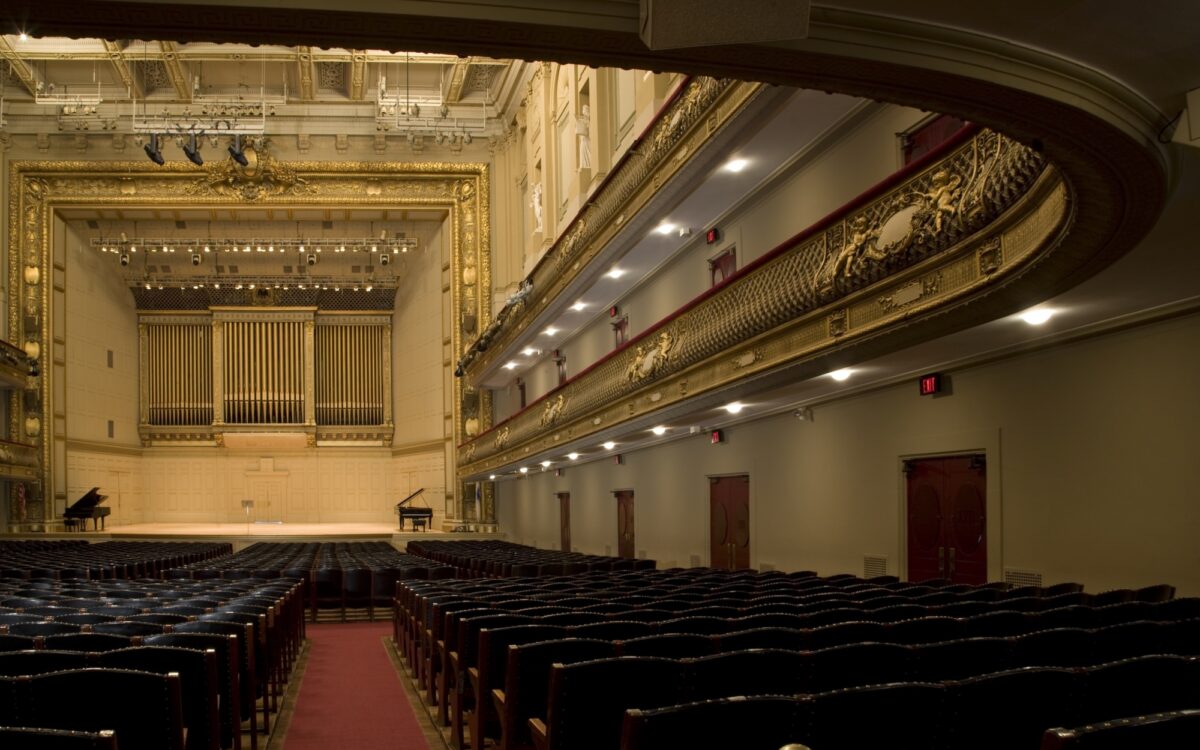

Acoustics: The Perfect Sound
Symphony Hall's continued popularity would come as no surprise to its architects and builders. They modeled the hall after two of the top concert halls in the world, the Leipzig Neues Gewandhaus and the old Boston Music Hall.
But their plans for the building pushed it far beyond any concert hall already in existence. To determine the acoustics of Symphony Hall, BSO founder Henry Lee Higginson hired Wallace Clement Sabine, a physics professor at Harvard, to work as acoustical consultant with the architectural firm of McKim, Mead & White of New York. Sabine developed a mathematical formula that enabled him to predict the reverberation time before the building was built, so that an ideal reverberation time of 1.9 to 2.1 seconds could be achieved.
Then, in order to focus the sound on the main seating areas, an optimal shape was selected for the concert hall and space between the rows of seats was kept at 5 inches.
Finally, an acoustically ideal stage was constructed for the orchestra. The walls, ceiling and floor of the stage slope inward to project the sound onto the audience. Today, more than 100 years after it was built, Symphony Hall still offers concertgoers a truly memorable experience.
